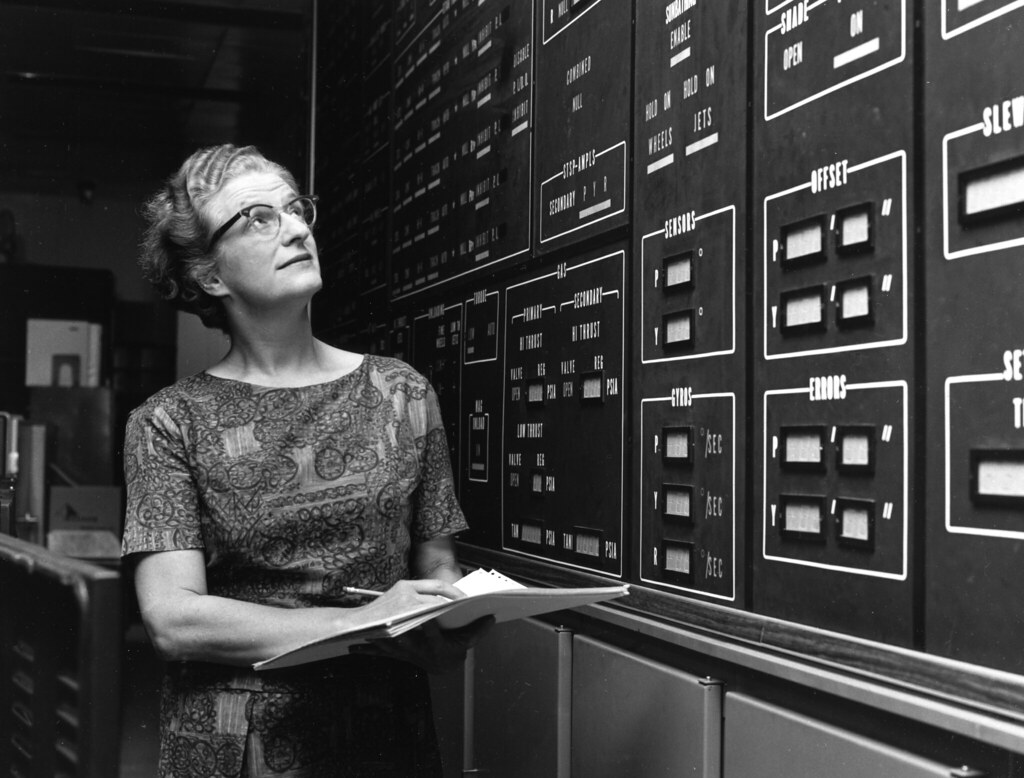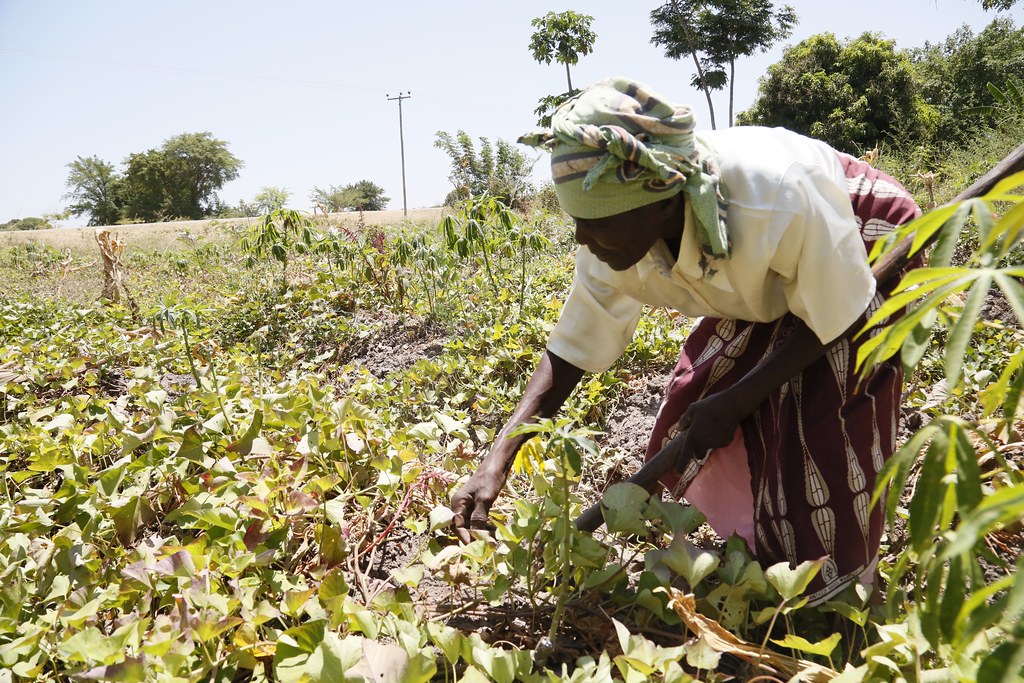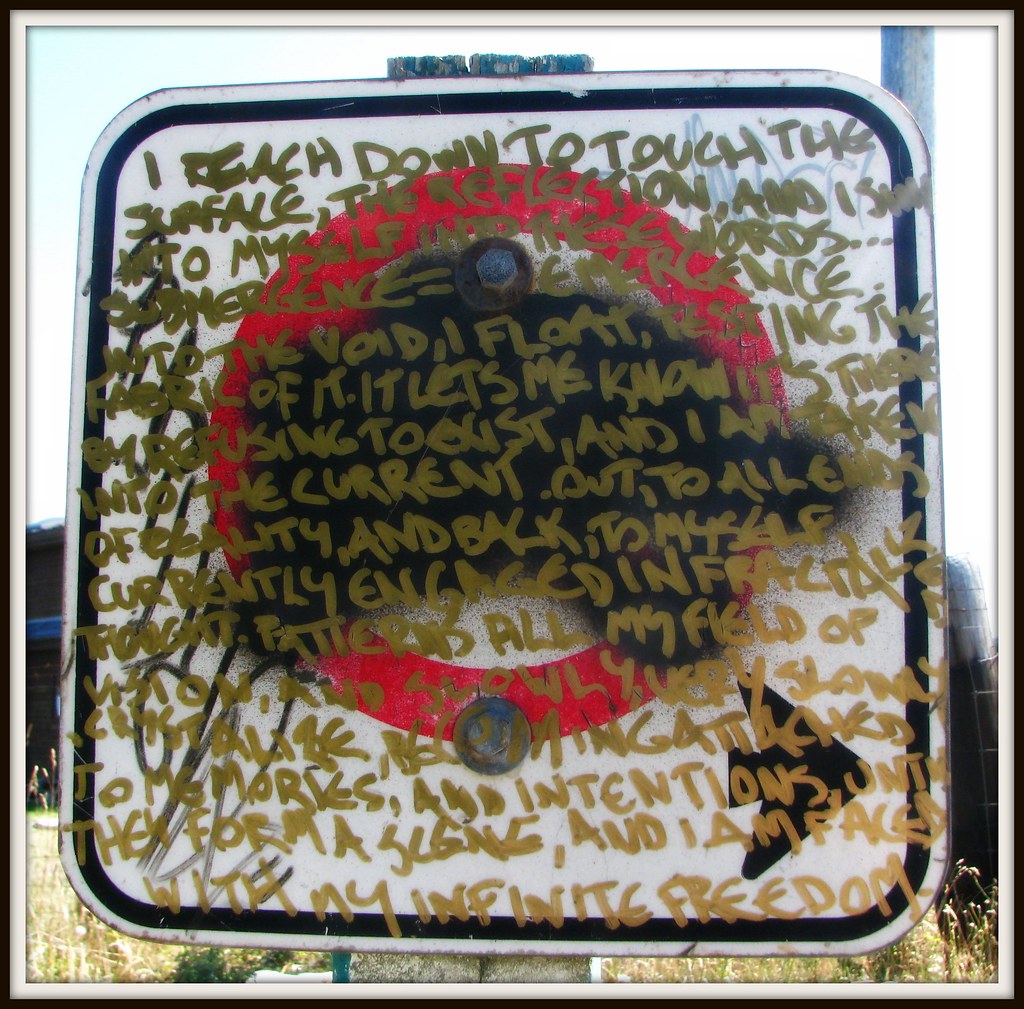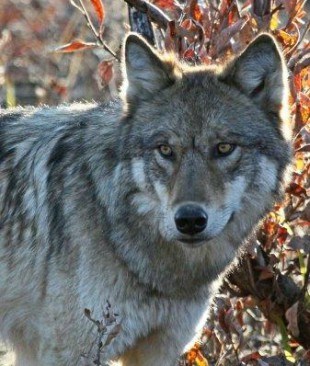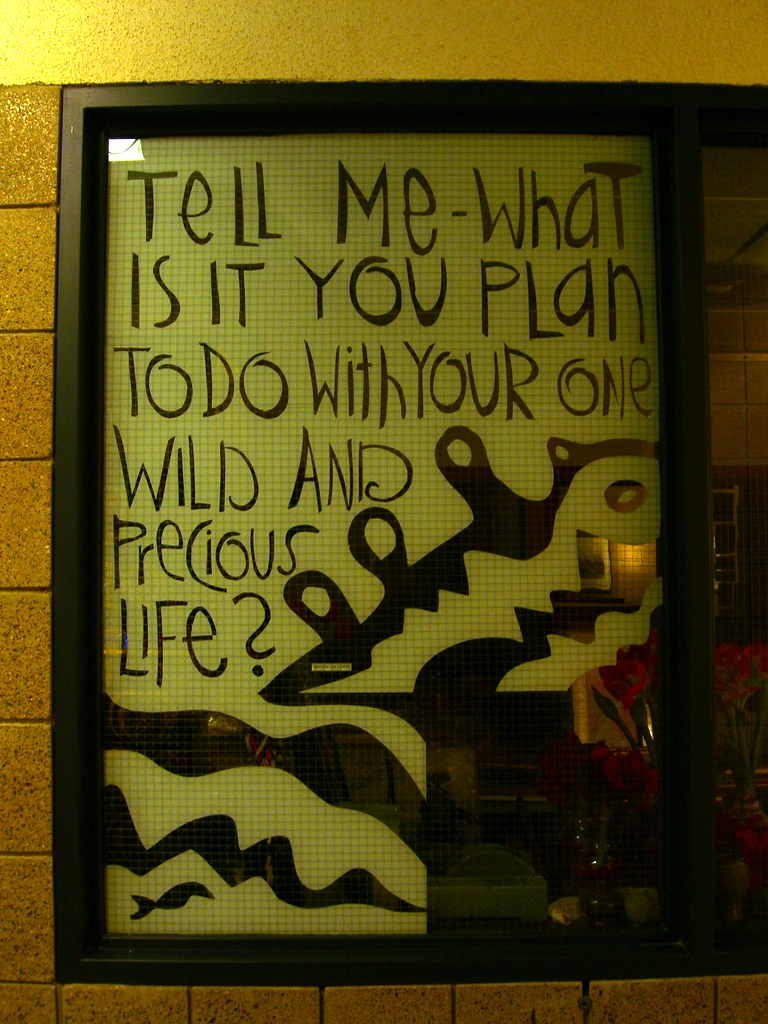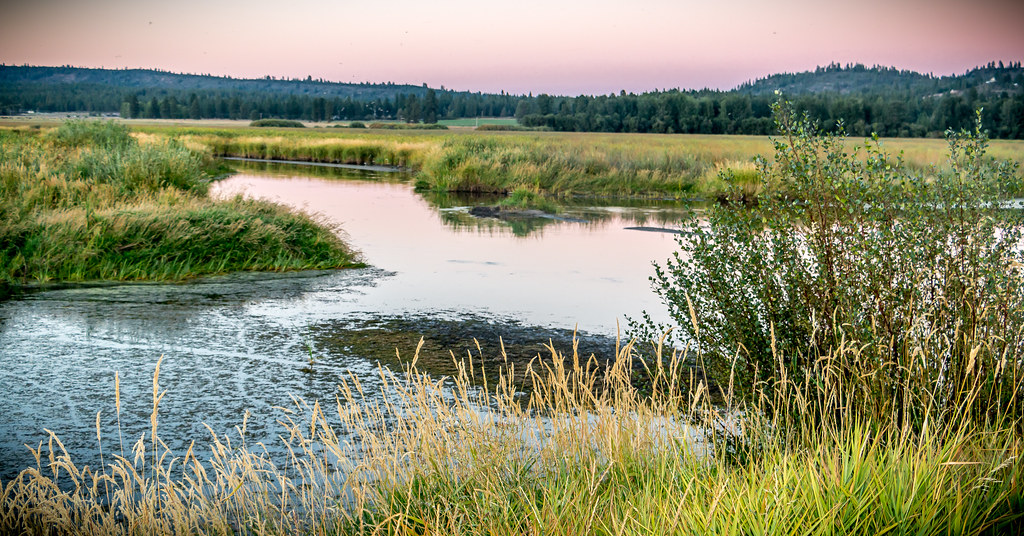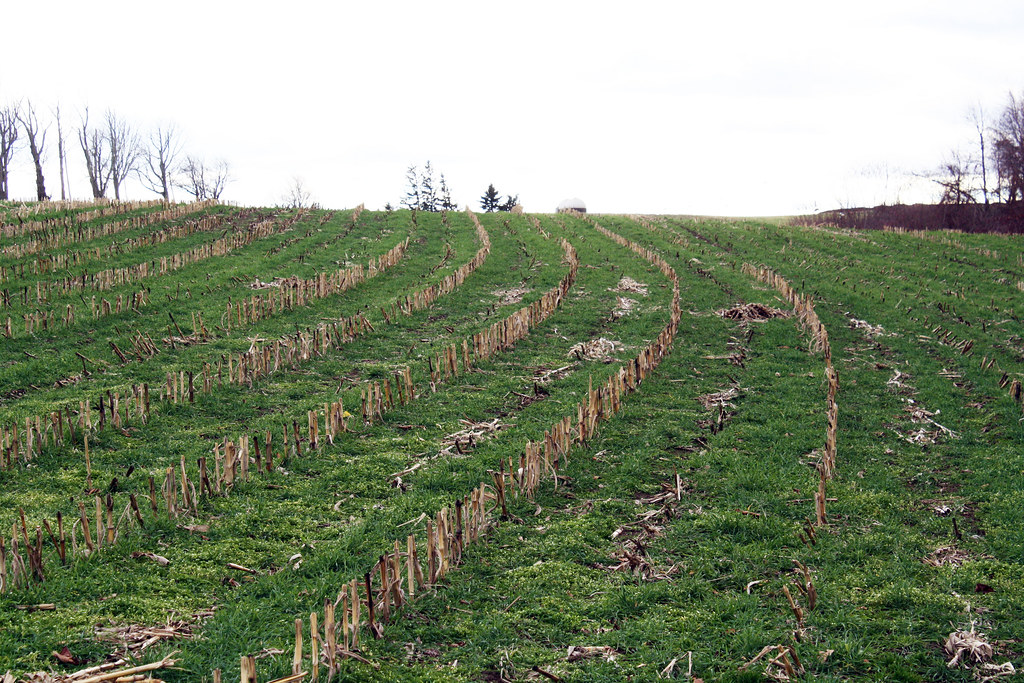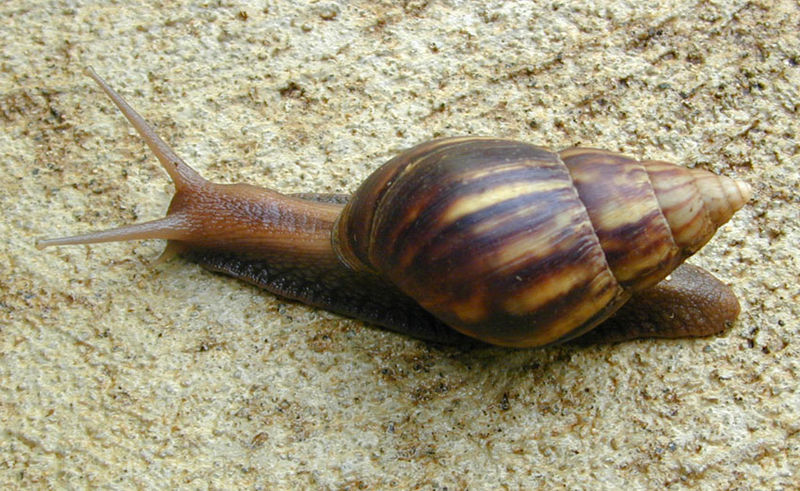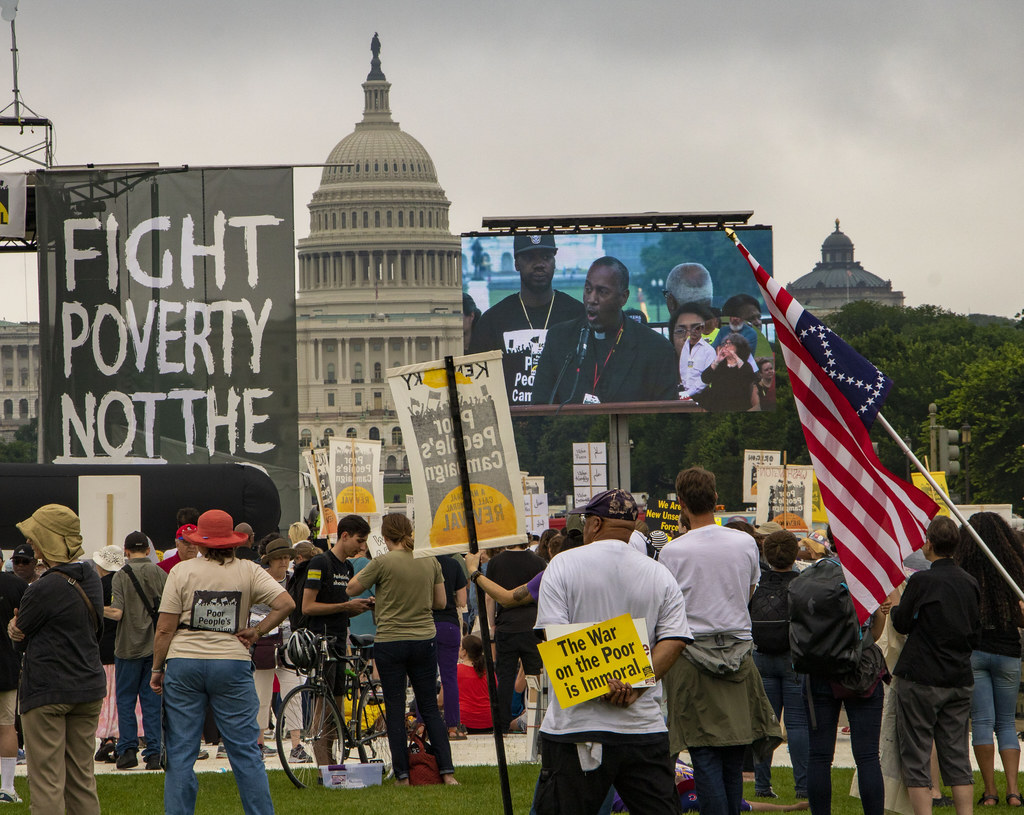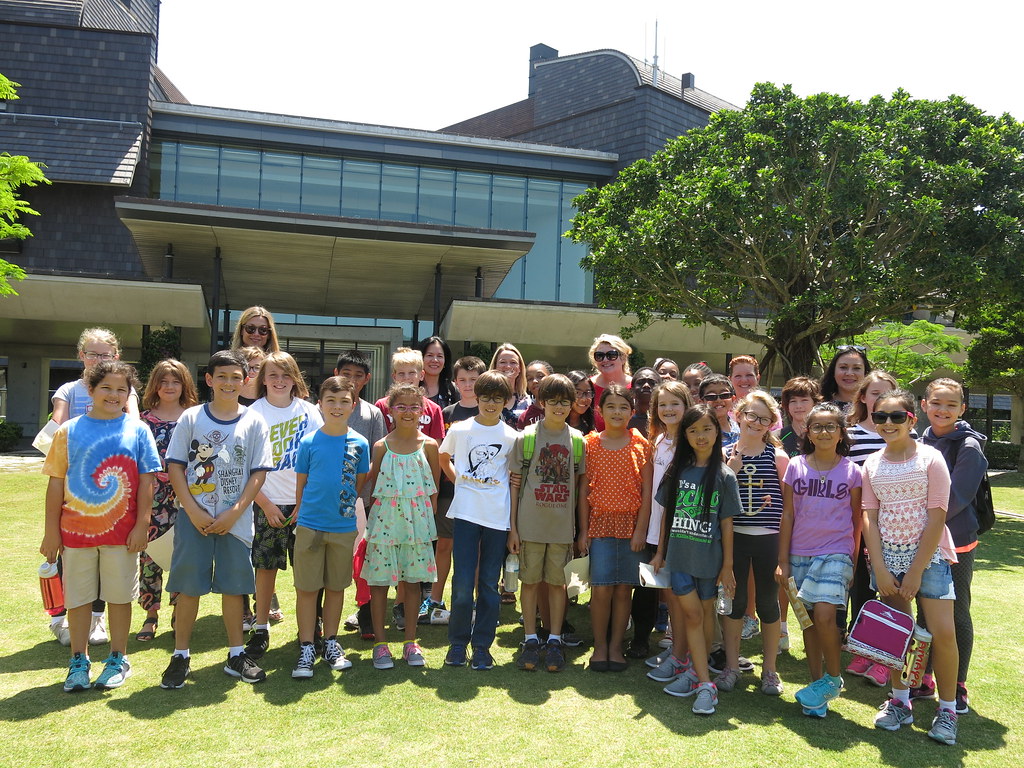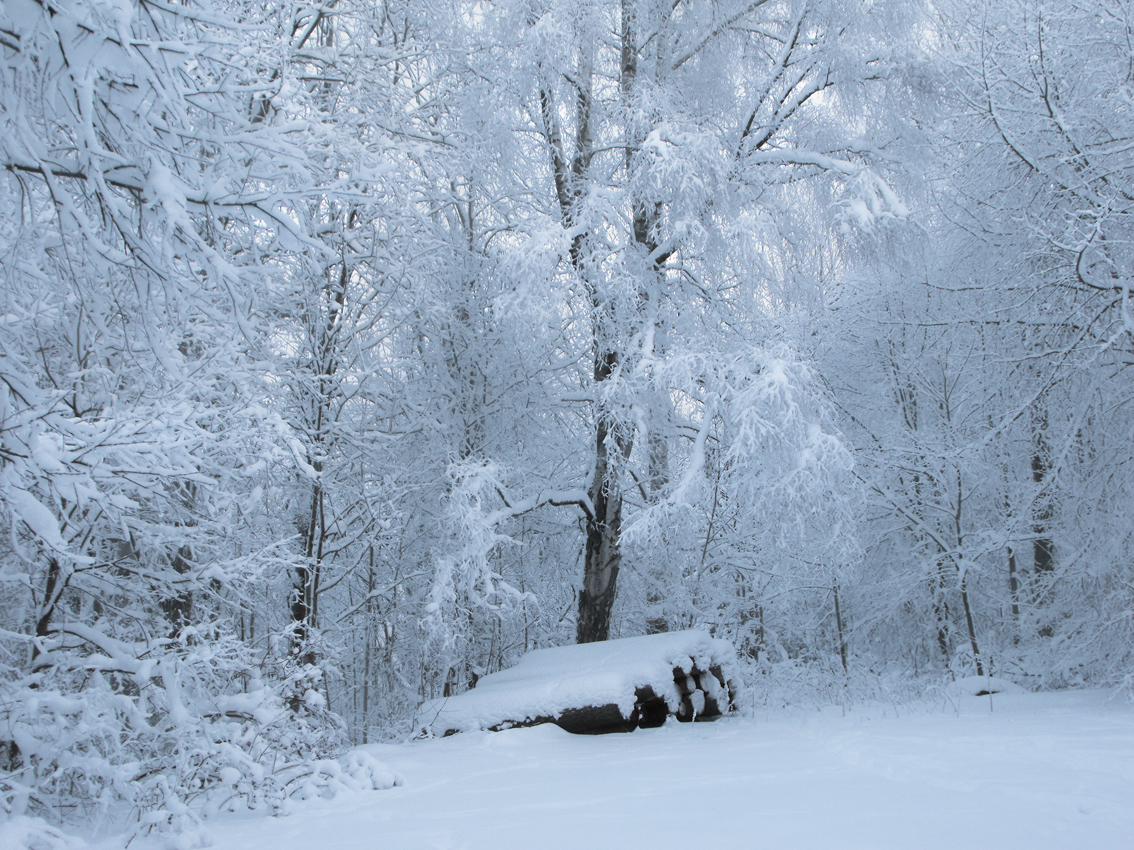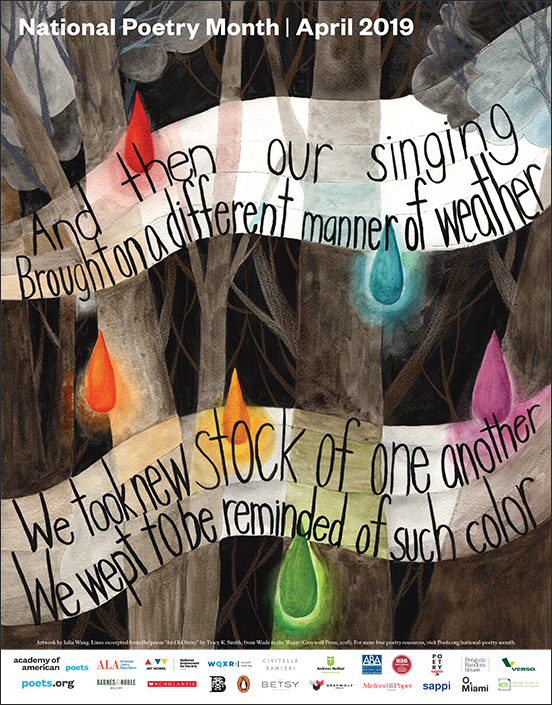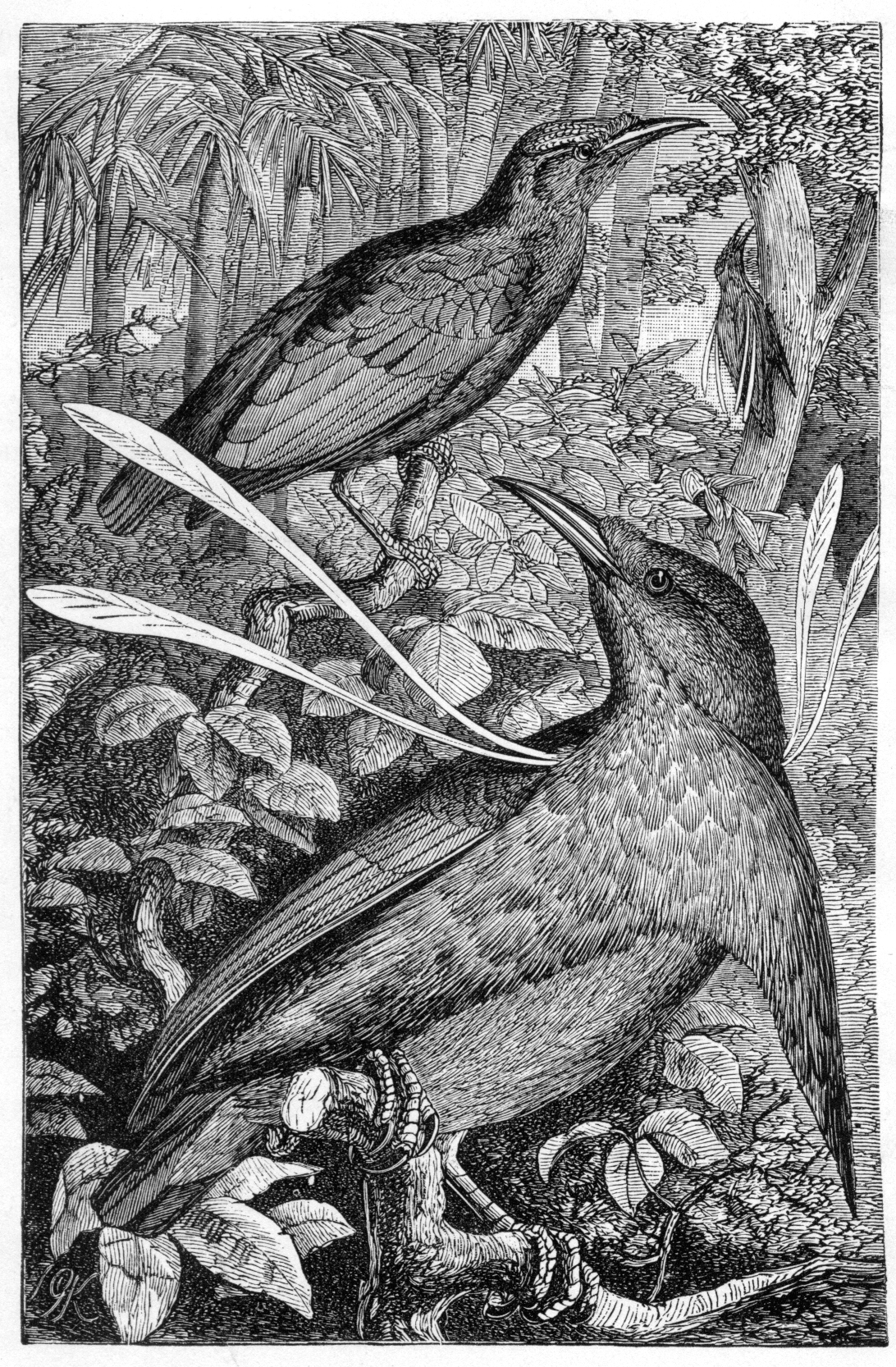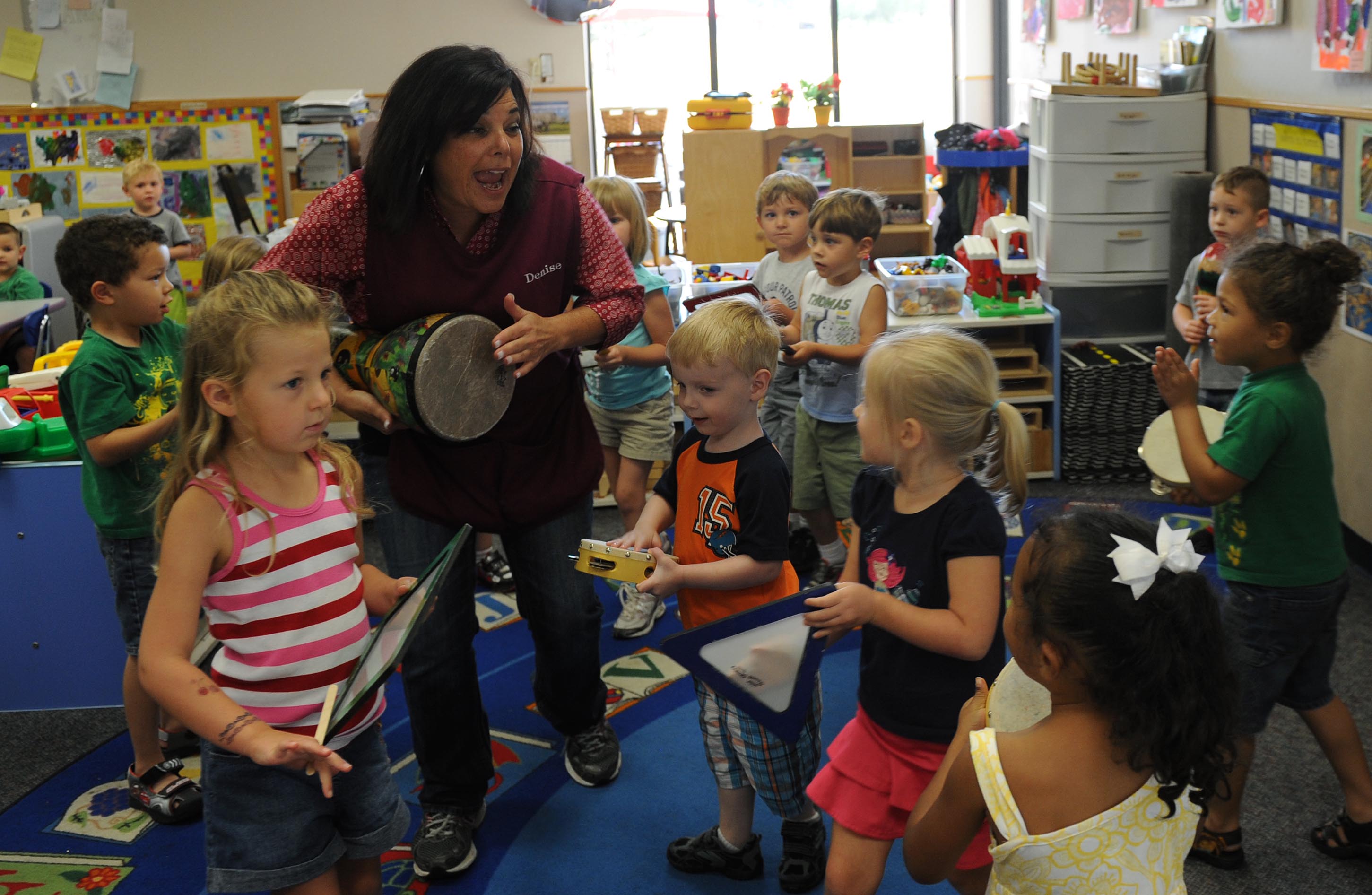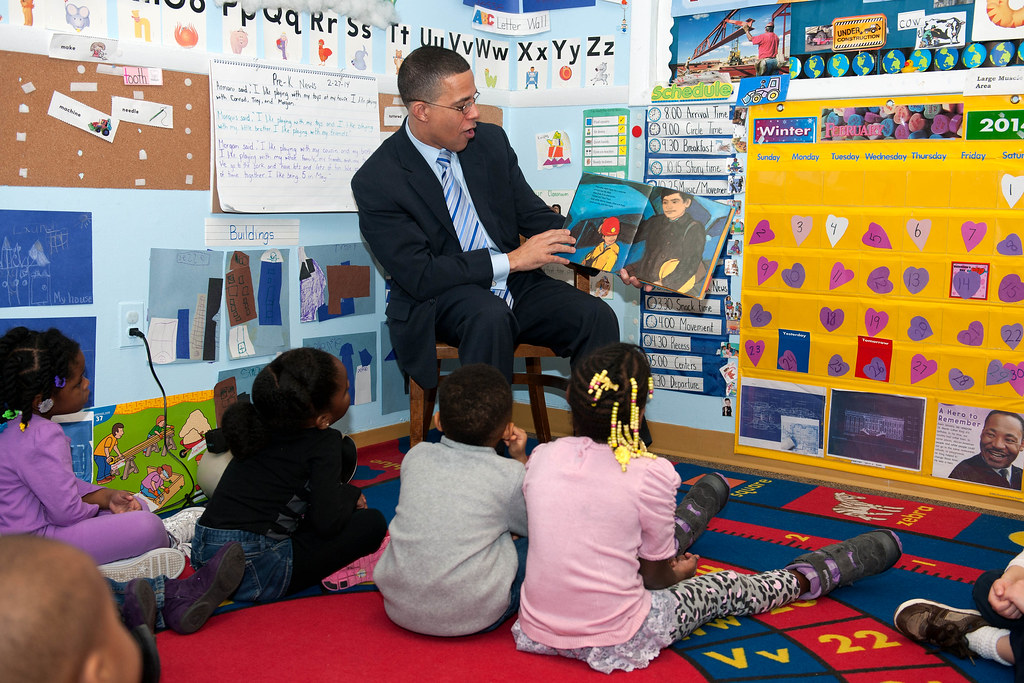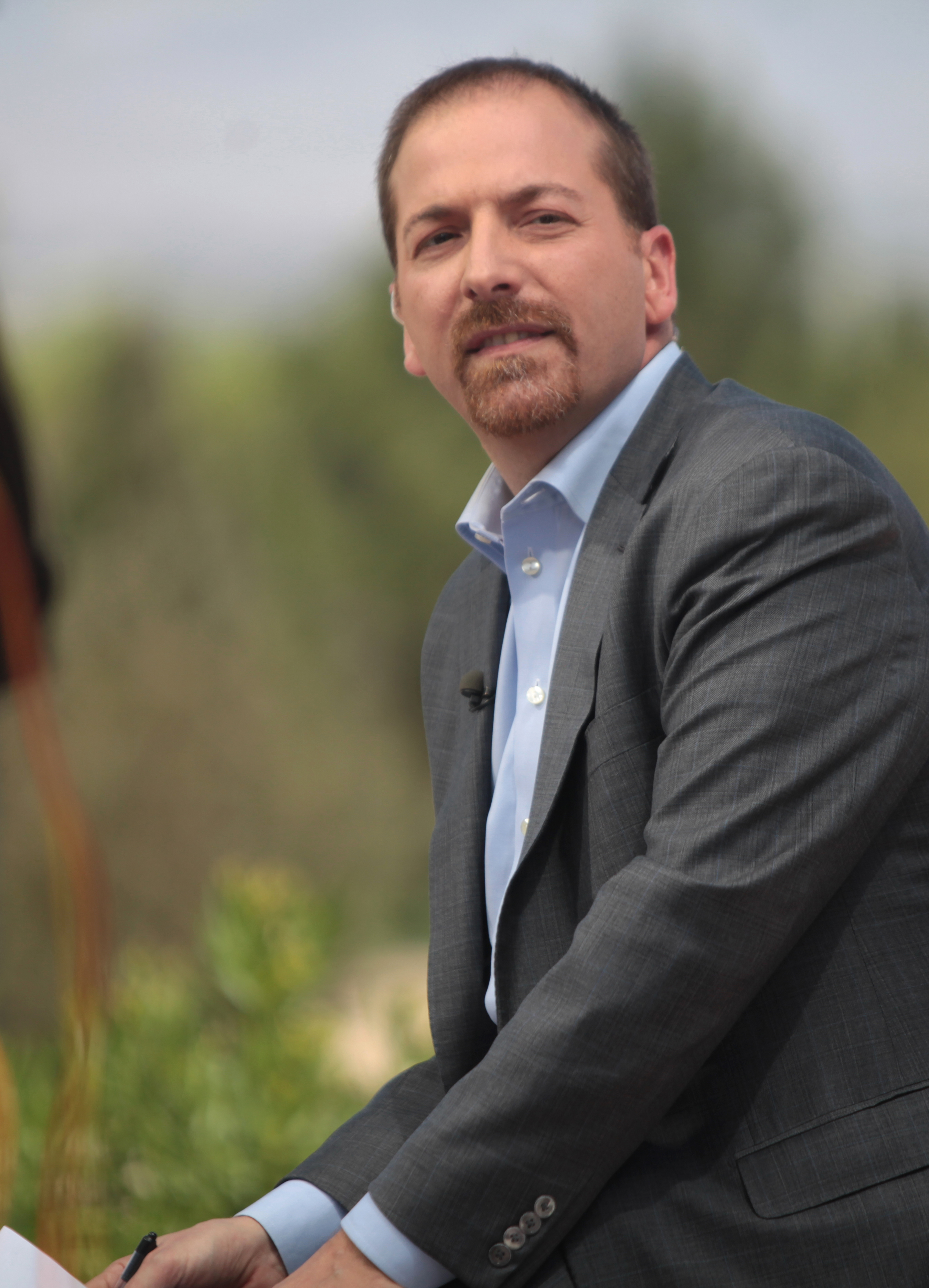Environmental & Science Education
STEM
Health
Medicine
Culture
Society
Edward Hessler
One of NPR's important health stories in 2018 was about how Americans bend to pick up an object.
You've seen pictures of people who live in Africa and SE Asia planting or tending crops or picking up pieces of wood. In silhouette it is easy to imagine them as tables, their backs are nearly parallel to the ground. This posture is known as "hip hinging." While it is nearly lost from our culture it is seen in many athletes and toddlers.
This is how author, Michaeleen Doucleff described it, starting with an observation of a spine specialist.
Whether or not hip hinging will prevent back pain or injuries, doctors don't know yet, says Dr. D.J. Kennedy, a spine specialist at Stanford University and a former weightlifter.
"We
don't have these randomized trials, where we have people lifting things
hundreds of times and see how their body responds to hip hinging,"
Kennedy says.
Still, though, Kennedy says he tries to hip hinge as much as possible.
"I think hip hinging intuitively makes sense, just given how the spine functions," he says. "So I try very hard to do it."
So how in the world do you do this mysterious bending? Back in Palo Alto at Jean Couch's Balance Center, she tells me the trick: Find your fig leaf.
"Stand
up and spread your heels about 12 inches apart, with your toes 14
inches apart," she says. "Now, if you are Adam in the Bible, where would
you put a fig leaf?"
"Uh, on my pubic bone?" I answer shyly.
"Exactly,"
Couch says. "Now put your hand right there, on your fig leaf. When you
bend, you want to let this fig leaf — your pubic bone — move through
your legs. It moves down and back."
So
I try it. I put my hand on my pubic bone as a pretend fig leaf. Then as
I bend my knees a bit, I allow my fig leaf to move through my legs. A
little crevice forms right at the top of my legs and my back starts to
fold over, like a flat table.
Doucleff's essay which is worth reading beginning to end has important links and photographs of people who do this naturally as well as a list of the steps on how to bend so you look like a table.
Here are two more. I especially liked this one because it sheds important light on what is almost a craze: DNA testing. It is by Gisele Grayson and has a perfect title.
My Grandmother was Italian. Why Aren't My Genes Italian?
Another by Martha Bebinger is about a dilemma: a registered nurse who works at the Boston Medical Center was prepared to save a life. Her diligence and humanity worked against her. She was denied life insurance because she was thought to be a drug user.


 CGEE Student Voice
CGEE Student Voice